The best lenses for the Nikon Z5 in 2025: upgrade your camera with some smart lenses
This is a great full-frame camera at a really affordable price – but what are the best lenses for the Nikon Z5?
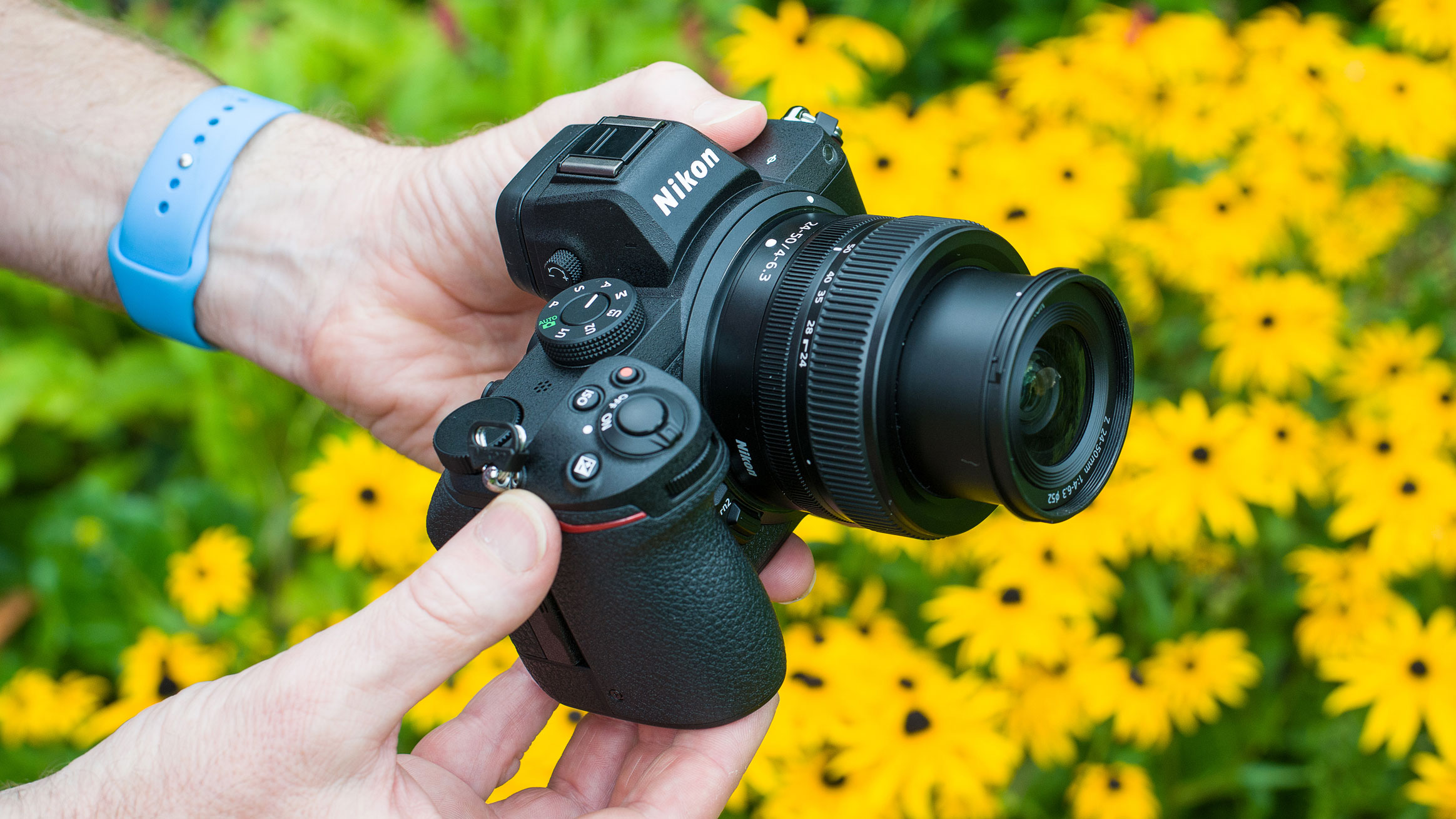
Choosing the best lenses for the Nikon Z5 means balancing your expectations and the things you want to shoot with this camera’s affordable appeal. It’s one of the best Nikon cameras you can buy right now, so you need some decent glassware to go with it.
The Nikon Z5 is normally sold with the Nikkor Z 24-50mm f/4-6.3 retracting kit lens, but while this lens is compact and portable, its 2x zoom range and restricted maximum aperture limits its usefulness. So I'm kicking off my guide with an alternative standard zoom offering much more range and versatility.
I’ve chosen a set of lenses that I think offer great performance and versatility but at a price that reflects the Z5’s value for money. Of course, you might be buying lenses for the future, ready for a potential upgrade to the Nikon Z6 II or Z7 II, so if you are ready to set your sights a bit higher, take a look at our guide to the best Nikon Z lenses.
I’ve covered as wide a range of focal lengths and shooting styles as possible, but there is one thing to be aware of. If you want to shoot long-range wildlife or sports subjects with your Nikon, the costs suddenly escalate. I’ve included one Nikkor Z super-telephoto for wildlife fans, but I'm just giving you advance warning that it’s not cheap – sorry!
Otherwise, the Nikon Z5 is a great camera for travel, portraits, events and any other kind of everyday photography, and here are the lenses which will help you get the best from it.
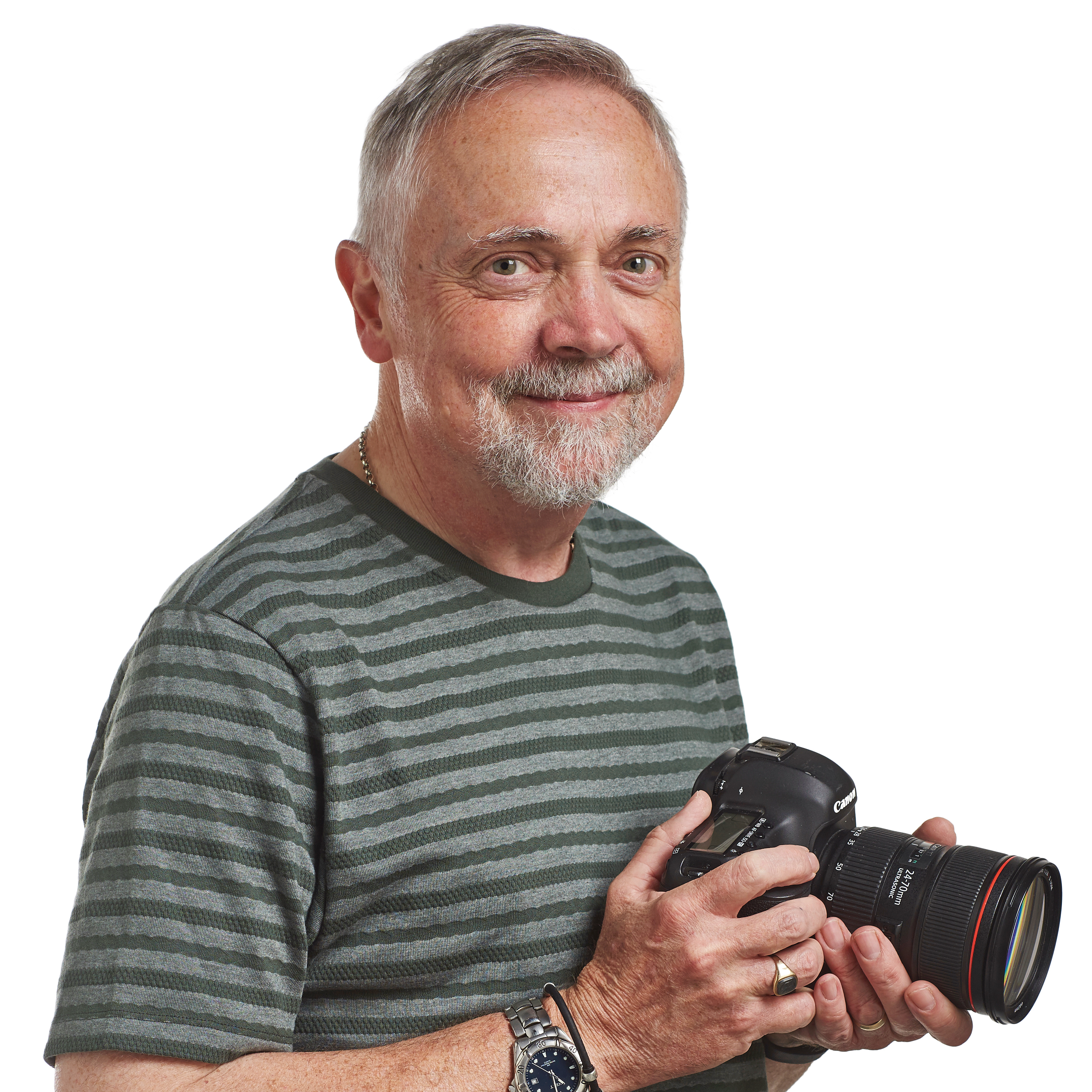
Rod is an independent photography journalist and editor, and a long-standing Digital Camera World contributor, having previously worked as DCW's Group Reviews Editor. He has used practically every interchangeable-lens camera launched in the past 20 years, from entry-level DSLRs to medium-format cameras, so he has the expertise to select the best Nikon lenses for you.
The Quick List
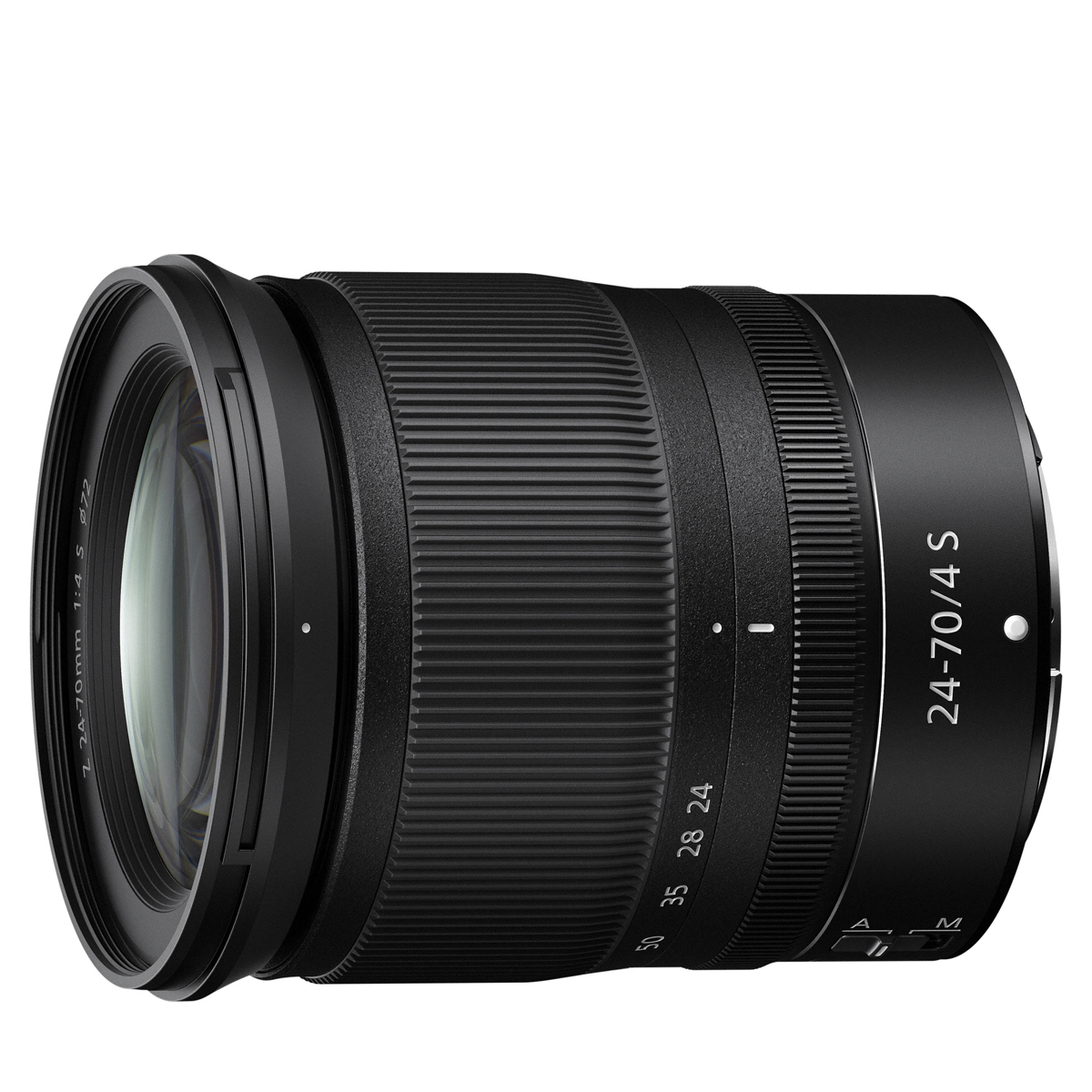
It may be ‘just’ a kit lens, but its overall image quality, handy control ring and convenient retracting design make it a great daily lens. Read more below…
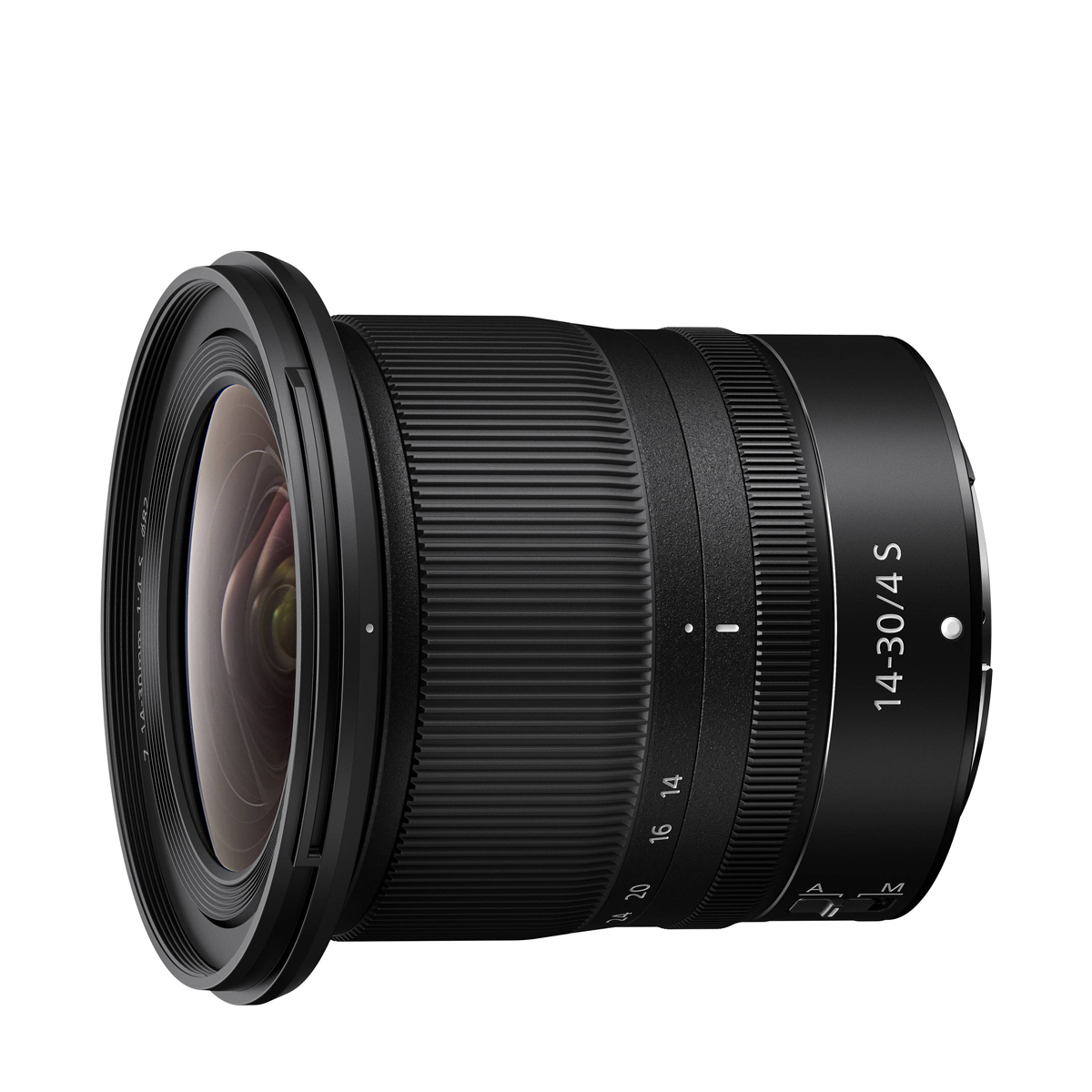
Expect excellent image quality and plenty of detail from this wide-angle zoom – ideal for landscapes and interiors. Read more below…
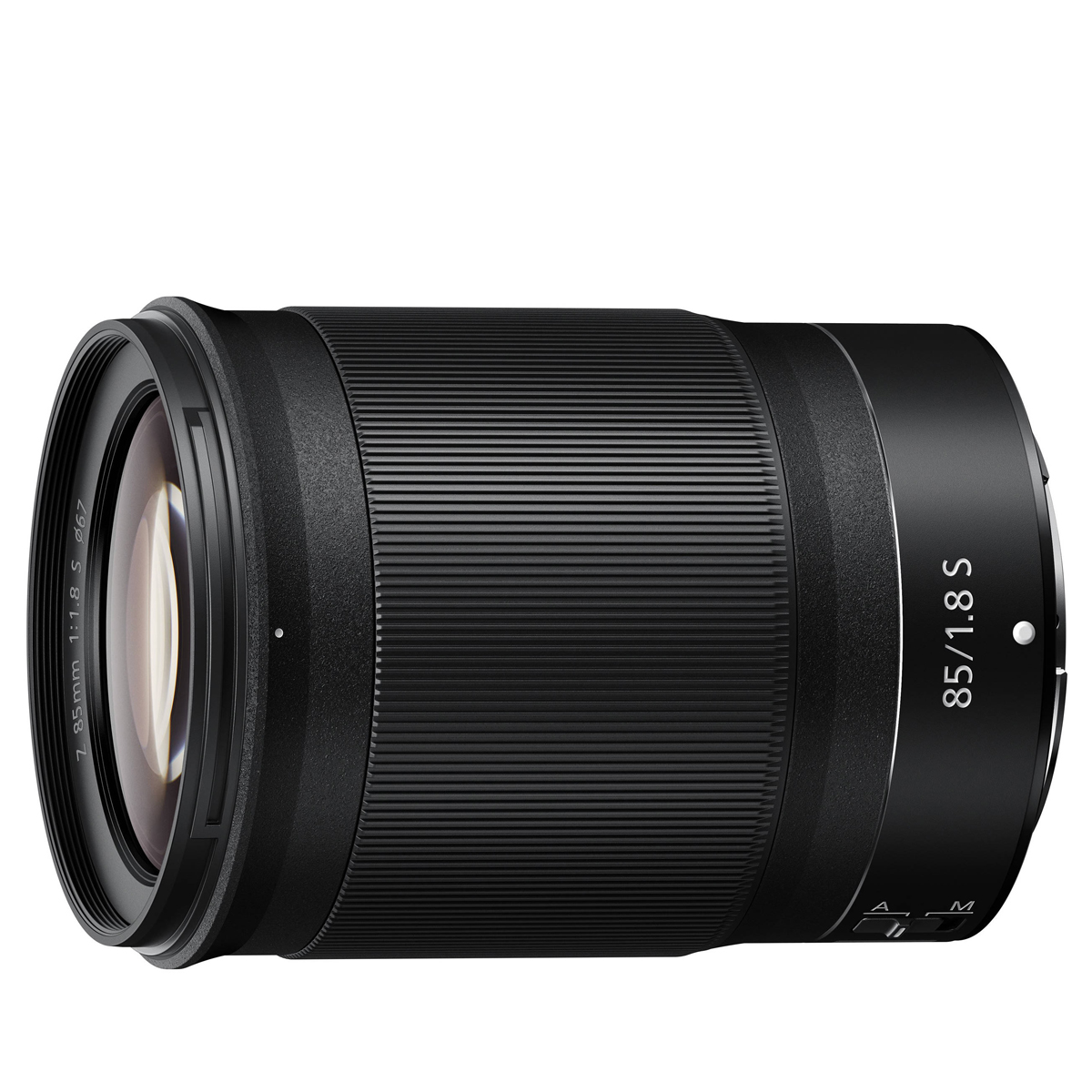
Get a flattering angle of view for faces and a satisfying look for your background blur with this well-made prime lens. Read more below…
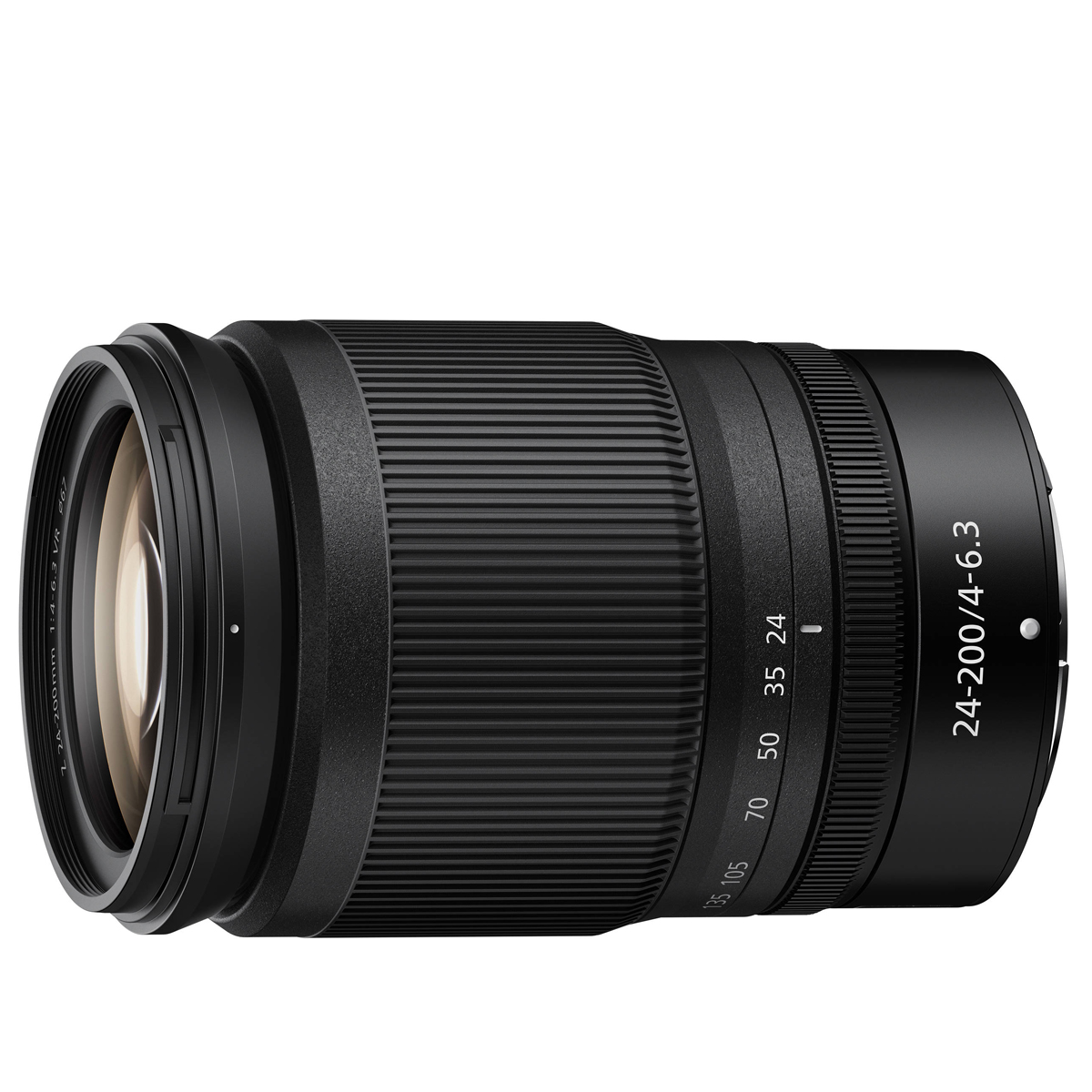
With an 8x zoom range, this can handle the roles of a standard zoom and a telephoto in one – perfect for travelers. Read more below…
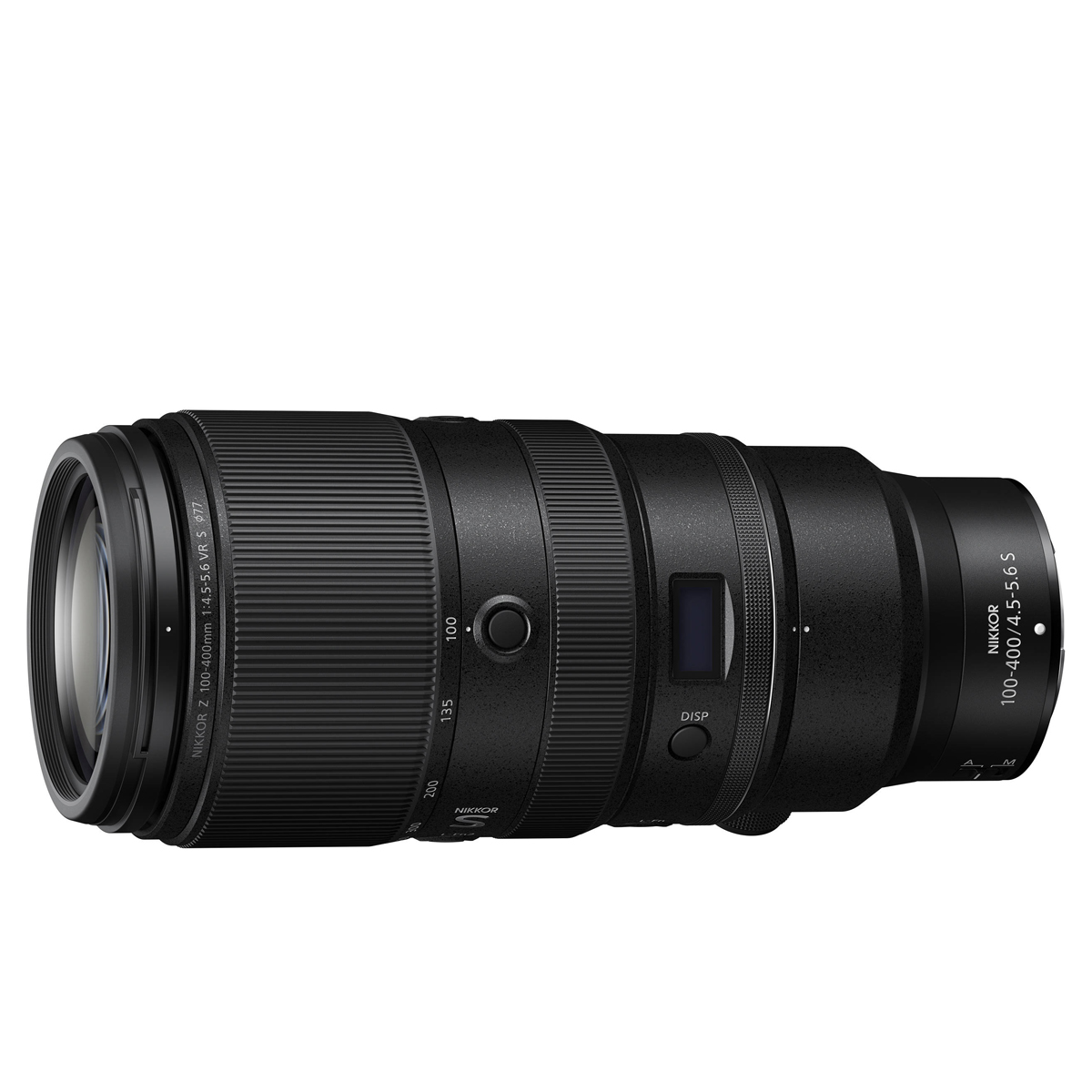
This quality lens is an investment, but the reward is excellent sharpness and a host of handling exotica. Read more below…
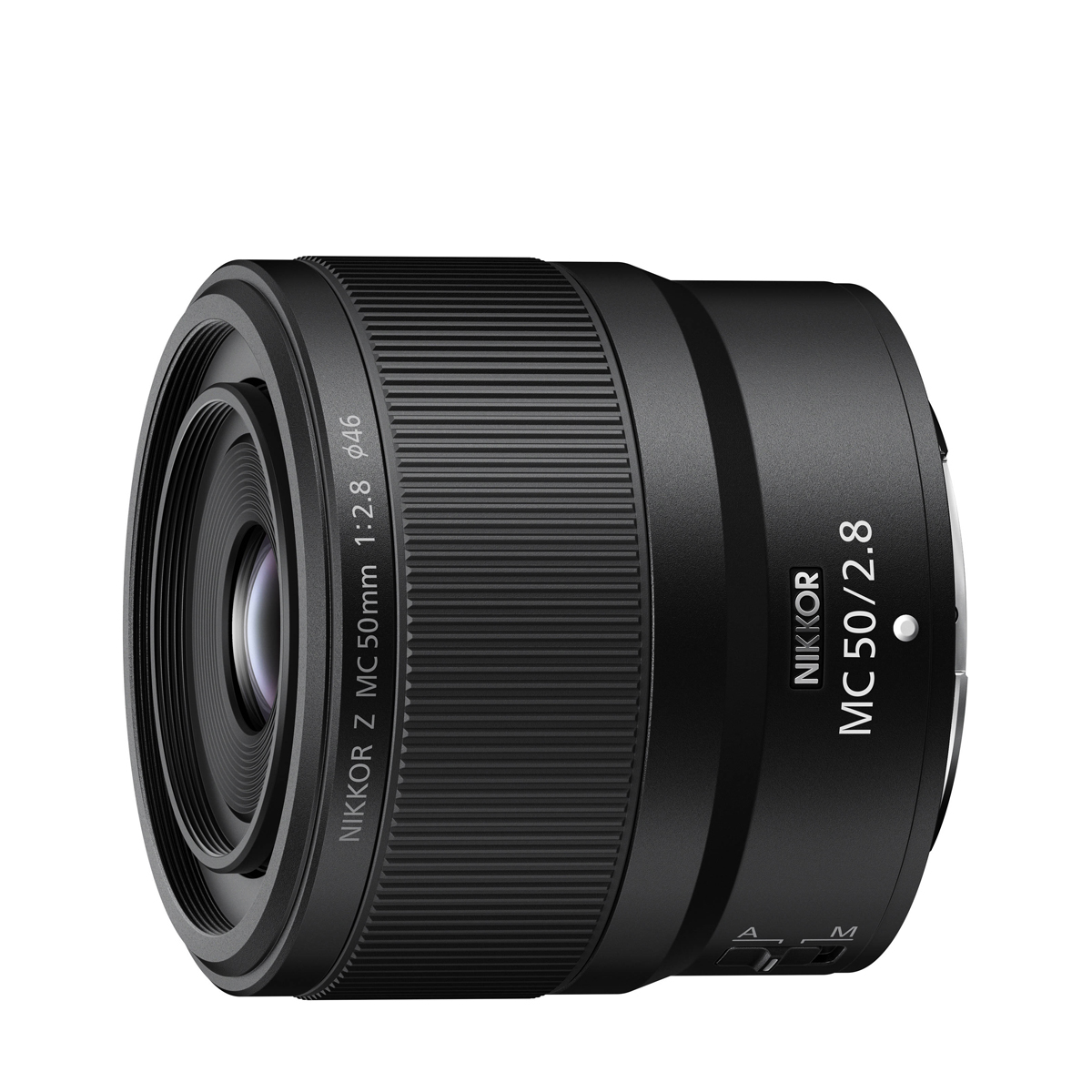
You can shoot small objects and critters at lifesize magnification with this prime, which also makes a decent ‘nifty fifty’. Read more below…
Best lenses for the Nikon Z5
Why you can trust Digital Camera World
Best everyday lens for the Z5
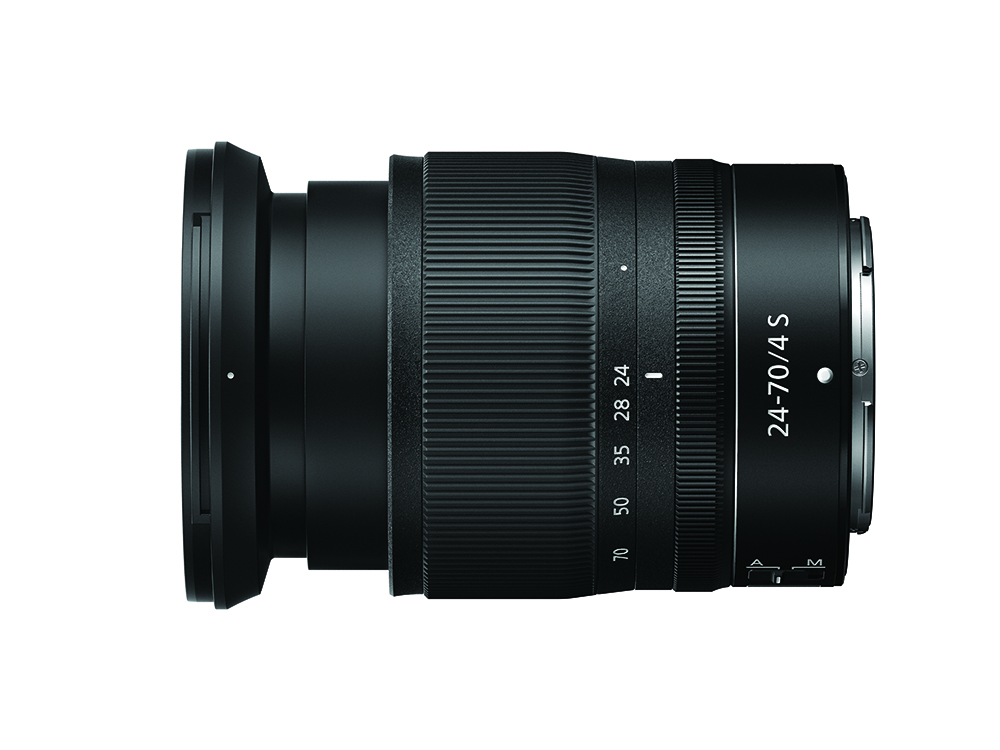
Specifications
Reasons to buy
Reasons to avoid
Much cheaper than Nikon’s top-flight Z 24-70mm f/2.8 lens, this standard zoom is also smaller and lighter, with a retractable design that helps you travel light. The trade-off is that the maximum aperture is narrower than in its premium stablemate, so you can’t get as shallow a depth of field. That doesn’t mean poorer overall image quality, though.
Handling is acomplished, with a control ring for manual focus, or manual override of autofocus. You can use the same ring for alternative functions, including smooth aperture adjustment while recording video.
Read more: Nikon Z 24-70mm f/4 S review
Best wide-angle lens for the Z5
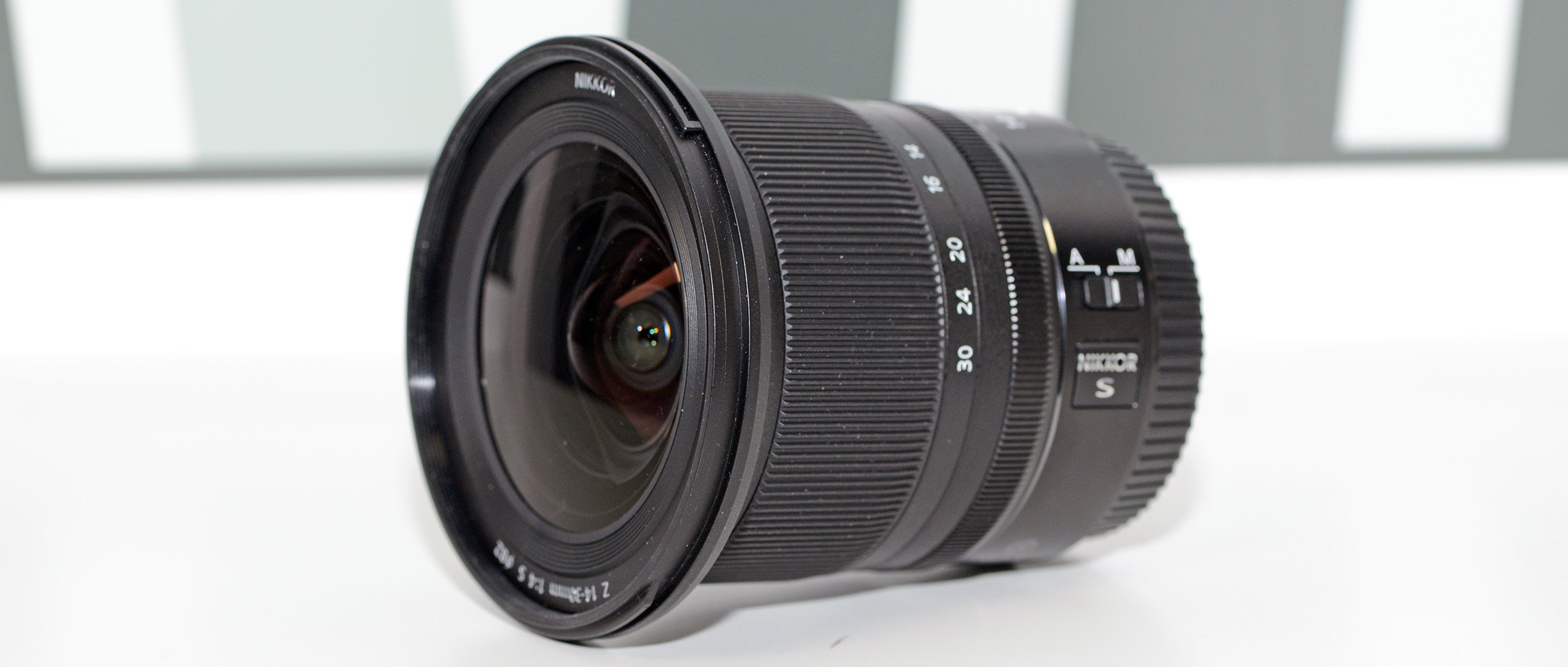
Specifications
Reasons to buy
Reasons to avoid
Other ultra-wide Nikkor zooms have come along since this one, but I think the Z 14-30mm f/4 S is still the best match for the Nikon Z5, thanks to its compact retracting design, wider-than-usual angles of view (even for an ultra-wide zoom) and its relatively affordable price for a lens of this type.
As is expected in an S-line lens, the barrel has a customizable control ring, and a speedy, virtually silent stepping motor autofocus system. The lens doesn’t offer image stabilization itself, relying instead on the equivalent system in the Z5 body.
Image quality and performance are both excellent. Corner-to-corner sharpness is on point, especially for such a wide-angle lens, and it also comes with a removable hood that makes it easy to attach filters via the 82mm attachment thread. This is a real point of distinction among ultra-wide-angle lenses, which typically have a bulbous front element that makes filter use impractical.
Read more: Nikon Z 14-30mm f/4 S review
Best portrait lens for the Z5
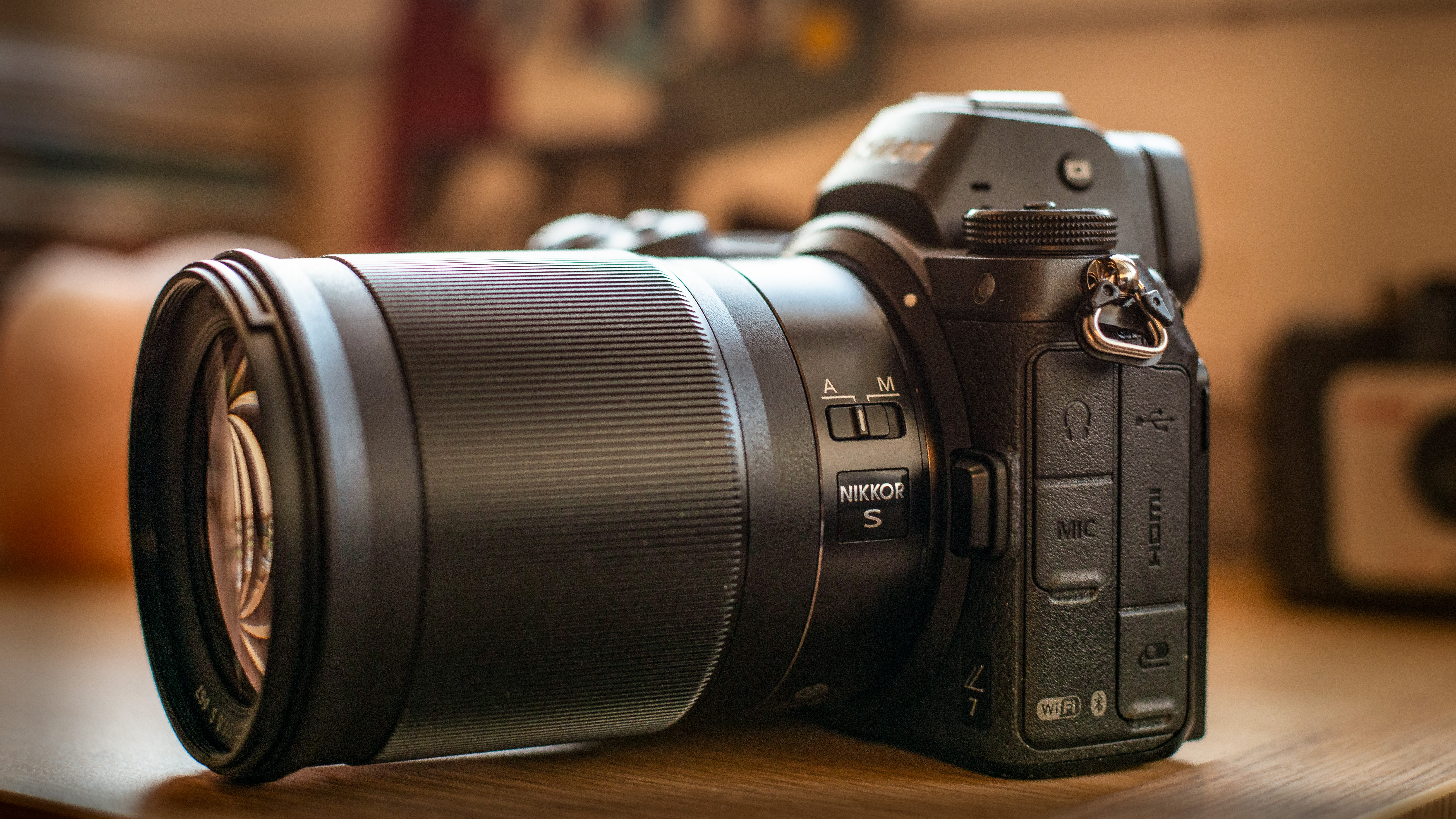
Specifications
Reasons to buy
Reasons to avoid
The combination of a fast 85mm lens and a full-frame camera is perfect for portraits and defocused backgrounds. The focal length gives a natural viewing angle that makes head-and-shoulders and half-length portraits look flattering, without you needing to get too close to the subject.
Many lens manufacturers give their 85mm lenses an f/1.4 aperture, in the interests of blurring the background heavily and making the subject really stand out. Logically you’d expect this f/1.8 lens to lose out in that respect, but our tests showed it was more than able to hold its own against most f/1.4 rivals.
Read more: Nikon Z 85mm f/1.8 S review
Best superzoom lens for the Z5

Specifications
Reasons to buy
Reasons to avoid
With a range from 24mm wide-angle through to a 200mm telephoto, this is a zoom that can cover everything from landscapes to candid portraiture, and a lot in between. Such superzoom lenses are particularly popular for travel - so you just have the one lens to pack, and you don't need to change lenses whilst on the move.
In our tests, we noted it gave very good image quality, making it a serious candidate to cover the roles of a standard zoom and a telephoto in your collection. It’s reasonably compact and light for a superzoom, too, and has 4.5-stop optical stabilizer to reduce the impact of camera shake. It’s a great choice for both stills and video.
Read more: Nikon Z 24-200mm f/4-6.3 VR review
Best telephoto lens for the Z5

Specifications
Reasons to buy
Reasons to avoid
Most of the telephotos in Nikon’s lens line-up for full-frame Z lenses are both very good and expensive, so unless you’re seriously into sports or wildlife photography, you’re likely to hesitate before buying one. The 100-400mm doesn’t break the mold in either respect – so yes, it’s an investment, but it’s also an excellent lens.
Performance is up there with the best, with responsive autofocus and strong across-the-board sharpness. There are plenty of handling extras, including function buttons, a customisable de-clicked control ring and a multi-function display.
Read more: Nikon Z 100-400mm f/4.5-5.6 VR S review
Best macro lens for the Z5

Specifications
Reasons to buy
Reasons to avoid
The Z MC 50mm f/2.8 has a shorter focal length than most macro lenses, but it's also priced to appeal to Nikon Z5 owners and it could also double as a general-purpose 'standard' prime lens.
As a macro lens, it has a lot to offer. It’s relatively short and light, so it’s a good physical match for the Z5. It offers full lifesize magnification, although you do have to get very close in – about two inches – to achieve this.
Read more: Nikon Z MC 50mm f/2.8 review
Lab data and comparisons
The graphs below show the comparative performance of the lenses in this guide, based on our in-house lab tests. The prime lenses lead the way for sharpness in this group, although the zooms also do very well on the whole. Color fringing and distortion are well controlled on the whole, and automatic in-camera correction is available for these aberrations anyway, which often can’t be disabled.
Scores for sharpness and color fringing are averaged from data taken across the entire image frame, from the center to the edges and corners, throughout the aperture range. For zoom lenses, the scores are also averaged from data measured at all marked focal lengths, and the same applies to distortion. Bear in mind that these average values don't fully reflect specific areas of performance. For example, a zoom lens might have noticeable barrel and pincushion distortion at its shortest and longest focal lengths respectively, which tends to average out when looking at the data overall. For more detailed graphs of each lens's performance, which give the full picture, check out the graphs in our full standalone lens reviews.
How to choose the best lens for the Nikon Z5
Which lenses fit the Nikon Z5?
The Z5 uses the Nikon Z mount and is compatible with all lenses designed for that mount. Nikon’s own Z-mount lenses all have Z at the start of their model names.
Some Z-mount lenses are designed for use with APS-C format cameras rather than full-frame cameras such as the Z5. Nikon lenses that fall into this category have DX as part of their model names. While they physically fit on the Z5, these lenses produce a cropped image, so they’re not ideal. None of the lenses in this guide is a DX-format lens.
If you are buying a third-party lens for the Z5, always check that it is designed for full-frame (or FX) Nikon Z cameras, rather than APS-C (or DX) Nikons.
The Z5 is also able to use F-mount lenses, which are made for use with Nikon’s DSLR cameras. For this, you need an adaptor such as the Nikon Mount Adapter FTZ II. The idea is that owners of older DLSR cameras can buy a Z camera and still use their old lenses.
How do I know which lens to get for my Z5?
The reason there are so many types of lens in the first place is that different scenes demand different lens designs, particularly when it comes to focal length and aperture rating.
Usually, you will decide what you want to photograph, then get a lens with the focal length that suits the situation. For example, to shoot landscapes you will need a wide-angle lens, while for sports and wildlife you will need a telephoto.
You can watch this video that explains focal length: it helps you work out what kind of lenses you need for different genres of photography.
How we test lenses
The lens experts in our testing lab run a range of tests under controlled conditions, using the Imatest Master testing suite. Photos of test charts are taken across the range of apertures and zooms (where available), then analyzed for sharpness, distortion and chromatic aberrations.
We use Imatest SFR (spatial frequency response) charts and analysis software to plot lens resolution at the centre of the image frame, corners and mid-point distances, across the range of aperture settings and, with zoom lenses, at four different focal lengths.
There's more to it than just the technical side, though! Beyond the lab, our reviewers test lenses in real-world environments – and sometimes on professional shoots! We work with lenses both indoors and outdoors, in studio conditions and in natural light, with as many different subjects as is possible (or appropriate – there's no point testing a landscape lens' ability to shoot a portrait!).
We take into account everything from handling and ease of use to speed of autofocus and the overall quality of the images produced.
Find out more about how we test and review on Digital Camera World
Get the Digital Camera World Newsletter
The best camera deals, reviews, product advice, and unmissable photography news, direct to your inbox!

Rod is an independent photography journalist and editor, and a long-standing Digital Camera World contributor, having previously worked as DCW's Group Reviews editor. Before that he has been technique editor on N-Photo, Head of Testing for the photography division and Camera Channel editor on TechRadar, as well as contributing to many other publications. He has been writing about photography technique, photo editing and digital cameras since they first appeared, and before that began his career writing about film photography. He has used and reviewed practically every interchangeable lens camera launched in the past 20 years, from entry-level DSLRs to medium format cameras, together with lenses, tripods, gimbals, light meters, camera bags and more. Rod has his own camera gear blog at fotovolo.com but also writes about photo-editing applications and techniques at lifeafterphotoshop.com
